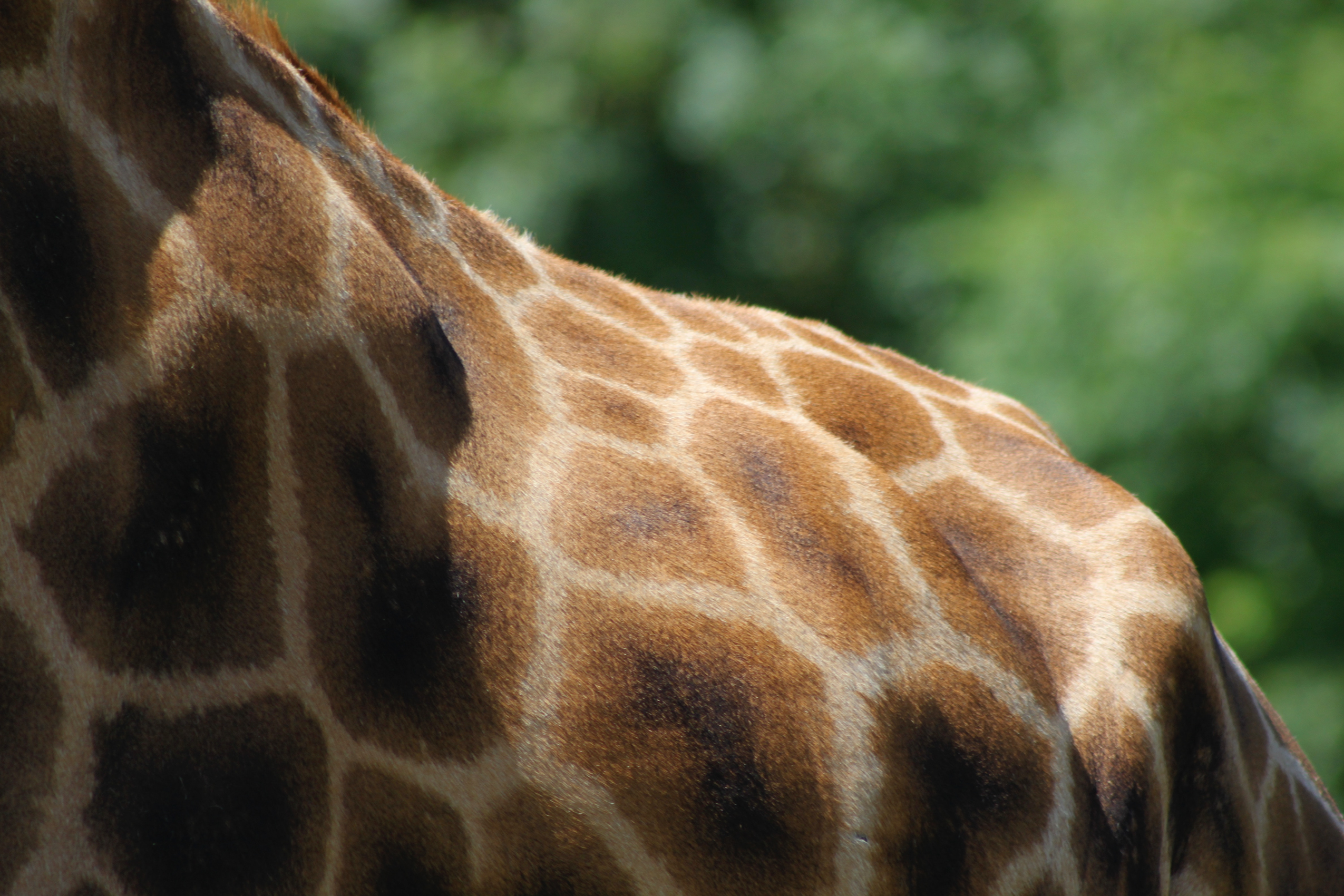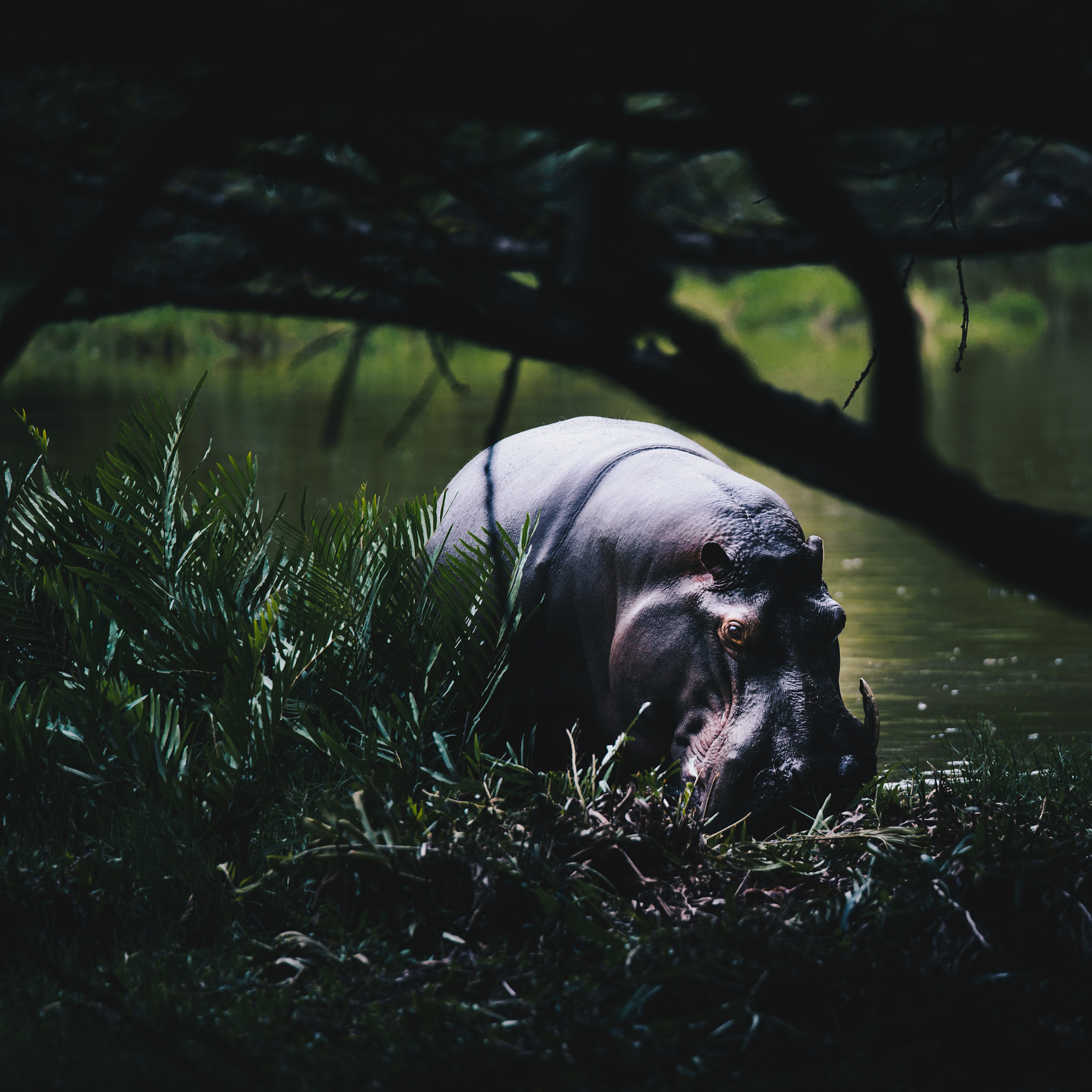
20 Incredible Ways Animals Keep Cool
Read The Air Conditioning Company's new blog and learn about the smart methods that 20 animals use to keep cool
When it comes to busy buildings, air conditioning is a must. Human beings and machinery produce a lot of hot air, oxygen is quickly used up and opening windows is not always practical or safe. Burj Khalifa, the tallest skyscraper in the world, is located in the desert; without air conditioning, temperatures inside would be unbearable. Architects working in desert locations have been using clever cooling techniques for centuries. But long before human beings figured out how to cool down and breathe fresh air into enclosed spaces, animals had already got it worked out. We took a look at some of the animal kingdom's most impressive air conditioning systems. No wonder engineers are turning to biomimicry for the cooling solutions of the future. And even when animals aren't lucky enough to have their own air conditioned home, they have some pretty smart ways of staying cool in extreme heat.
1. Termite Mounds

There's no doubt about it: termite mounds are incredibly impressive structures. Measuring metres tall, it's hard to believe that they're constructed from the ground up by tiny insects. If you compare the height of some of the biggest mounds to the termites that build them, it would be the equivalent of a human being building four Burj Khalifas on top of each other. Without any machinery. What's even more ingenious about termite mounds is their sophisticated air conditioning systems: the insects construct a nifty system of air pockets creating ventilation via convection, meaning despite the sweltering heat outside, the interior of the mound remains remarkably cool.
2. Beehives

Everyone knows that bees collect nectar from flowers, but not many know that they also harvest water when they're on their travels. They take it back to the hive and pass it by mouth to the hive bees, who spreads the droplets on the honeycomb. Other busy bees are on duty nearby, fanning the water with their wings to make it cool the hive. Hive bees will refuse to take nectar when more water is needed, which is a signal for forager bees to go out and collect more water. Teamwork at its very best!
3. Prairie Dog Burrows

Prairie dogs need be able to dig underground to escape predators, but they live in huge colonies and things could get rather stuffy in their burrows without proper ventilation. Amazingly, the little mammals have come up with a solution to this, which is to build multiple holes into their burrows, some at ground height and others with a small tower that protrudes slightly higher above the ground. When the breeze blows across the land above the burrows, it moves slightly faster over the holes at the top of the small towers, meaning the warm and stale air inside the burrow is whisked away.
4. Silver Saharan Ants

The silver Saharan ant has to survive in extremely harsh conditions: when it goes in search of food, it has ten minutes before the desert heat will literally fry it. In recent years, scientists have discovered that the beautiful silver hue of the ants comes from unique triangular-shaped hairs on its body which radiate away heat. To prove the theory, they actually shaved the hairs of some ants and found that their hairier companions kept cooler under bright, hot lamps.
5. Giraffes
Image source: Howard Malone on Unsplash

Giraffes live in exceptionally dry, hot conditions, but they don't sweat. So how do they keep cool? The answer lies in their beautifully patterned skin, which acts like a network of thermal windows. Giraffes can direct their warmer blood to the vessels at the edges of the spots, forcing heat out of their bodies. And because they're so big and there's so much surface area for that skin, it's a really effective way of cooling off.
6. Koalas
Image source: David Clode on Unsplash

Koalas are famous for being lazy, so you could be forgiven for thinking that one sprawled across a tree branch is just relaxing, but there's more to it than that: researchers have discovered that many of the trees that koalas inhabit have bark which is cooler than the air temperature. This means that by snuggling up to the cool surface (literally tree-hugging!), koalas have an ingenious method of keeping cool in those intense Australian heatwaves.
7. Storks and Vultures
Image source: Pierre Gui on Unsplash

Possibly one of the most disgusting animal cooling methods we've come across is that employed by vultures and some breeds of heron, who literally poo themselves to ward off heat. Birds like this will often defecate on their own legs to cool down. As the liquid from the poo evaporates, the body temperature is lowered. It's a similar principle to sweating, only more gross.
8. Dogs
Image source: NICOLAS TESSARI on Unsplash

Dogs pant on hot days and after intense exercise, and it's their natural way of keeping cool. Through panting, they quickly expel warm breath from the body and take in cooler air, which passes into their lungs and works to cool down their whole body. Cats also pant, but few people know that some birds do too - you're just unlikely to see them with a great long tongue hanging out of their mouth.
9. Lizards and Iguanas
Image source: Marv Watson on Unsplash

Reptiles are experts at regulating their own body temperature and slipping into small spaces. This means they will bask in the warm sun when they need to get warmer, but they also know just when to sneak off into a nook or cranny to escape the formidable heat that's often prevalent in the places where they live.
10. Pigs and Hippos

When it comes to lowering their body temperature, animals like hippos and pigs love nothing more than to bathe in cool mud. As the moisture from mud evaporates, it carries away body heat at a rate much slower than evaporating water, meaning animals who love a mud bath stay cooler (but grubbier) for longer.
11. Elephants, Hares and Rabbits

What do elephants, hares and rabbits all have in common? The answer is big ears, which are used in very clever ways to keep them cool. Hares and rabbits regulate their entire body temperature through their ears, dilating or constricting blood vessels depending on the external temperature. Elephants take things a step further by flapping their ears to cool the blood flowing through them, and even spray water on to them for even more of a cooling effect.
12. Snails and Earthworms
Image source: Blanca Paloma Sánchez on Unsplash

There's little point in animals like snails and worms trying to survive the hot, dry months: their bodies are so reliant on moisture that they would simply dry up and die. For this reason, many of them estivate, which is the opposite of hibernating. During dry seasons, snails retreat into their shells and earthworms hide under ground, surviving for weeks. Only when the rain comes, making their environment wet enough and providing adequate vegetation to eat, do they reemerge.
13. Beach Pigs
Image source: Jakob Owens on Unsplash

Although most pigs prefer to cool off in mud, there are a few who have a slightly more glamorous method for beating the heat. Big Major Cay, located in the Exuma area of the Bahamas, is the idyllic home to a unique colony of pigs, who love to cool off in the clear Caribbean Sea. Rumours about how the pigs arrived at the island, which is uninhabited by humans, vary: some say they survived a shipwreck, while others reckon they were dumped there by sailors who planned to return and cook them but never made it back. One theory is that the pigs were placed on the island purely as a tourist attraction. Whether this is the case or not, thousands of visitors visit the island, also known as Pig Beach, every year, to feed and photograph the frolicking pigs.
14. Saiga Antelope

As well as being extremely cute, the unique nose of the rare Saiga antelope is home to an impressive air conditioning system. The critically-endangered creatures live in the sparse deserts of Kazakstan and Uzbekistan, and their noses play a crucial part in their survival. Firstly, their long snout warms up the cold desert air before it enters their body. Secondly, it's home to a complex air filtration system, which removes dust and sand from the air they breathe before it hits their lungs.
15. Kangaroos
Image source:Photo by Ewa Gillen on Unsplash

Not quite as disgusting as the stork's method of keeping cool but still pretty gross is the kangaroo's. In order to ward off heat in the unforgiving Australian desert, the bouncy marsupials spit on their arms. There's a network of blood vessels in their forearms that's capable of cooling down their whole body. When they lick them until they're soaking wet, their whole body temperature is lowered as the saliva evaporates.
16. Thorny Devils

Another inhabitant of the Australian desert is the incredible thorny devil, which makes the most of the tiniest of drops of moisture. Even without rare rain, the thorny devil can brush past a droplet of morning dew and end up with it in its mouth. The animals's amazing skin is full of tiny grooves which are capable of soaking up any precious moisture and through a capillary system, directing it to their mouth, no matter where on their body it lands. It's like a complicated, internal straw.
17. African bullfrog

Remember estivation, the opposite of hibernation? Well the African bullfrog is an expert at it. When conditions are dry (which they often are in its natural habitat), this plucky amphibian uses its hind legs to burrow deep into the ground, then sheds several layers of its moist skin to create a hard cocoon, locking in the moisture. When the rain arrives, after months or even years, the cocoon softens and the frog resumes its life. Amazing!
18. Cape ground Squirrels

Most of us are used to seeing grey squirrels, which live happily in trees in cooler climates and have no shortage of tree shelter. This is an entirely different type of squirrel altogether. The cape ground squirrel lives on the dry plains of Africa, a habitat very different to the local, shady park. They've come up with their own way of keeping cool, though: much like a parasol, these little critters use their bushy tails as a portable shade to keep the formidable sun off their backs.
19. Pelicans, Owls and Doves
Image source: Unsplash

Not all birds poo themselves to keep cool. Some, such as owls, herons, pelicans and doves, have developed a unique way of keeping cool: gular fluttering. Rapidly vibrating the muscles and bones in their throats exposes the moist membranes in their throats to air, enabling more effective evaporation. The action uses up very little energy and birds are able to do it whilst sitting still.
20. Horses and Humans
Image source: Mathew Schwartz on Unsplash

Human beings sweat to keep cool, but did you know that apart from primates, the only other animal to cool down this way is the horse? It's easy to believe that apes, who are so close to human beings, sweat like us, but horses and totally different. And many of their relatives, such as giraffes, don't sweat. You'll often see horses dripping in sweat after races and showjumping competitions, which is why they sometimes have their winter coats clipped away.
Related Posts